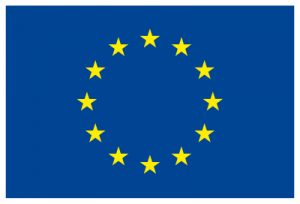Co-creation describes joint or partnership-oriented creative approaches between two or more parties, especially between an institution and its stakeholders, towards achieving a desired outcome. While the term is sometimes used interchangeably with ‘collaboration’, co-creation places a greater emphasis on process. Similarly, emphasis is placed on creating conditions of equality among the different stakeholders involved in the creative process: the contributions of the different co-creators are equally valid. The process orientation in co-creation is regarded as important for increasing stakeholder ownership or buy-in for the project or product that is being created. Such approaches also promote greater trust and more sustainable relationships between the different parties involved. Co-creation has developed increased salience within Cultural Heritage institutions in recent years, describing the co-construction of products and experiences by both the institution and the community.
Because co-creation involves the creative input of different stakeholders and therefore involves joint authorship of a project or product, issues of intellectual property rights may emerge with co-creation projects.
Sources:
Kambil, A., Friesen, G. B., and A. Sundaram (1999) Co-creation: A new source of value. Outlook Magazine 3.2 (1999): 23-29.

